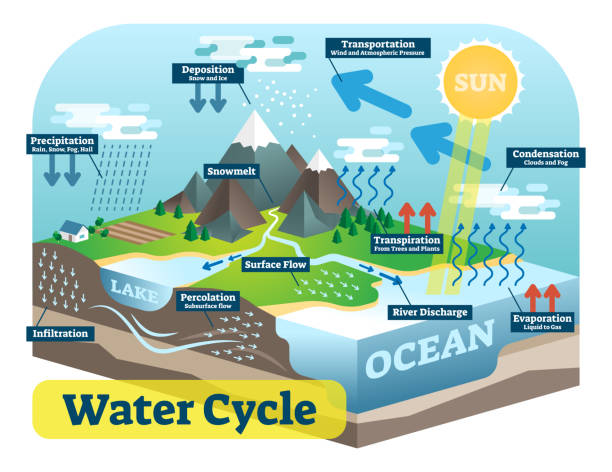T1 W8
Section outline
-
PLAN & DO / WHAKAMAHI learning intentions:
- We are PLANNING to apply our understanding of the water cycle to create a model of this

Kia ora ākonga,
We have looked at the impacts of drowning and the respiratory system , density of different bodies of water and the affects of salinity and temperature on density. The next few weeks we will look at how safe water is starting with the water cycle, and moving into water treatment.
Plan for the week is as follows:
Tuesday: Water cycle notes and theory
Wed/Thurs: Water cycle experiment, bunsen burner refresher on safety as well.
Friday: Scientific literacy day/catchup notes. ( We may have tree planting on this day with Mr Gardi )
Success Criteria: I can/have...
- define the terms transportation, evaporation, precipitation, runoff, groundwater, and condensation,
- describe the stages of the cycling of water through the water cycle,
- identify the main source of energy in the water cycle,
- explain the importance of the water cycle for living organisms,
- describe the methods and the importance of producing potable water,
- interpret and explain the processes in diagrams of the water cycle.
Activities:
- Water cycle activity in class
- Water cycle experiment
Homework:
EP level 4 water cycle
